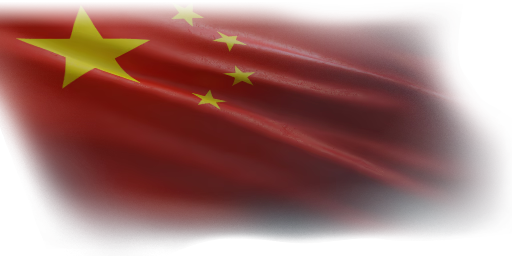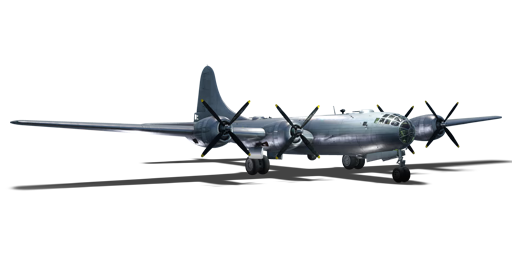



The Tu-4 (commonly known as 图-4轰炸机 in Chinese; or by its NATO codename Bull, 公牛) was one of the earliest strategic bombers acquired by the PLAAF from the Soviet Union. Ten Tu-4s flew to China in 1953 as a birthday gift for Chairman Mao Zedong, coinciding with a growing need for bombers to secure remaining territories from Nationalist forces. Although they never saw action outside Chinese airspace, the Tu-4s became cornerstones of the PLA during assaults on the Tibetan Plateau. Their excellent high-altitude performance and potent firepower, equipped with US-made M2HB machine guns, proved devastating against rebels, surpassing the capabilities of the previous Tu-2 fleet.
In the 1960s, one Tu-4 was converted into an anti-aircraft gunship to target ROCAF reconnaissance aircraft. Another underwent experimental conversion into Asia's first AEW&C platform, the KJ-1, featuring an upgraded engine and new radar for early warning. These bombers were retired in 1988 due to obsolescence, being replaced by the H-6 series after initial manufacturing challenges were resolved.
Introduced in Update 1.91 "Night Vision" alongside the initial Chinese air tree, the Tu-4 in PLAAF service closely resembles its Soviet counterpart, which was based on the USAF's B-29. The only difference is that its bomb loadouts have considerably less explosive filler than its Soviet counterpart, but in exchange, it gains an option for a heavy payload of eight 1,500 kg bombs. While it provides extensive self-defence firepower and sufficient high-altitude performance with devastating GP bombs – more than enough to flatten city blocks in a single bombing run – players must be extremely careful around enemy jets with equally devastating firepower or those equipped with early air-to-air missiles, as they can easily prevent the Tu-4 from reaching its target.
flaps
flaps
flaps
brake
| Belt | Belt filling | Armor penetration (mm) at a distance: | |||||
|---|---|---|---|---|---|---|---|
| 10 m | 100 m | 500 m | 1000 m | 1500 m | 2000 m | ||
| AP-I/FI-T | 32 | 30 | 22 | 15 | 10 | 7 | |
| AP-I/AP-I/AP-I/FI-T | 32 | 30 | 22 | 15 | 10 | 7 | |
| FI-T | 4 | 4 | 3 | 3 | 3 | 3 | |












Flight performance | |
|---|---|
Survivability |
|---|
Weaponry | |
|---|---|